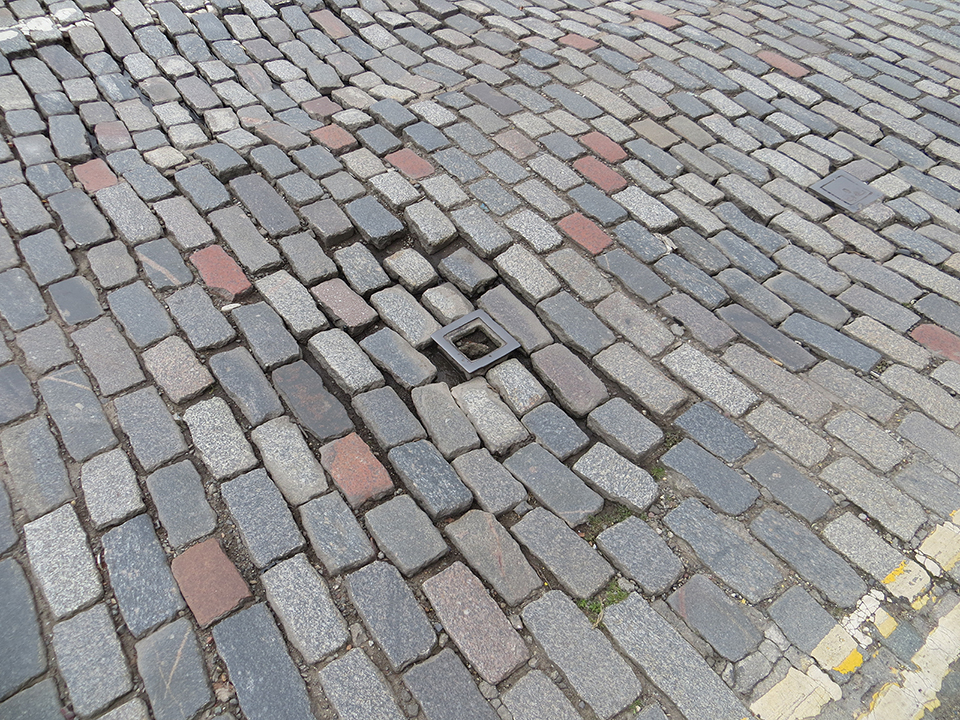The first part of the revision of BS 7533 for the use of clay, natural stone and concrete pavers in hard landscaping should shortly be posted for public comment on the BSI website.
BS 7533 currently has 13 parts. That is coming down three, which have been given a new numbering system to avoid any confusion.
The part soon out for public consultation is designated 101, which covers the design of paving systems, involving guidance not just about the surface but also the sub-structure from hardcore to the laying course and joint filling material.
It will replace five of the current parts (1,2,8,10 and 12). The intention is to follow it in due course with part 102, which will deal with installation, and then part 103, which will deal with sustainable drainage systems (SuDS) to tackle issues of flooding, including permeable pavements. That is currently covered in part 13.
Natural stone has increased its share of hard landscaping significantly since the last decade of the 20th century, when copious quantities of low price Indian and Chinese (in particular) sandstone and granite started making their way into Britain.
As a result, the once dominant cement product manufacturers, the clay product manufacturers and the natural stone companies have found it difficult to agree on the revisions that needed to be made because none of them wanted to be disadvantaged.
The different interests came together to start the revision of the standard in 2012. Four years later the process had almost ground to a halt. It was given new impetus in 2017 when Tim Yates of the BRE was appointed to chair the review group. It has taken a while, but he seems to have brought some unity – although when a draft of the revision was put out to members lately there were some 250 comments submitted.
It is hoped there might be fewer public comments because the committee hopes it has already resolved most of the issues.
Tim says: “It has been a challenging task to draw together the different parts of BS 7533 and the views of the stakeholders, but we believe the effort will have been worthwhile. There has been a strong input from end users and this has been invaluable in drafting a document that is technically correct and supports the use of modular paving.”
The principal changes involve the collation of the various pavement materials available on the market today. It sets out a new selection and design process for each so that their use for public and private sector projects is simplified and encouraged.
The Standard also takes on board the changes to highway pavement design more generally over the past 10 to 15 years, so this new document, which consolidates so many parts of the standard as it currently exists, can provide definitive best practice.
Read more about the changes to BS 7533 and developments in the use of stone for hard landscaping in the next issue of Natural Stone Specialist magazine. Click here to subscribe now.

